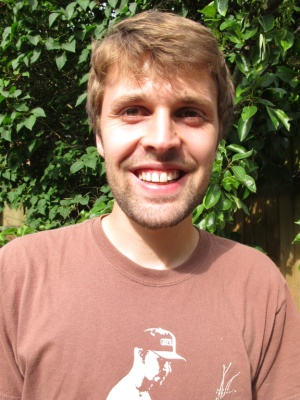Wayman, J.P., Atkinson, G., Jahangir, M., White, D., Matthews, T.J., Antoniou, M., Reynolds, S.J. & Sadler, J.P. (2023) L-band radar quantifies major disturbance of birds by fireworks in an urban area.
Scientific Reports,
13, 12085. DOI:10.1038/s41598-023-39223-1 (IF2022 4,6; Q1 Multidisciplinary Sciences)
Fireworks and other pyrotechnics are acknowledged as sources of disturbance to wildlife, with evidence that many species react adversely to their sight and sound at discharge. However, how firework releases impact wildlife within a city landscape is poorly understood. Here, we explore the effect of fireworks on urban birds using an L-band staring radar (90-degree sector out to a 5 km range) to capture bird activity derived from flight tracks (i.e. 3D visualisation of individual flying birds built from radar detections) within the city of Birmingham, UK. Comparing the tracks between baseline periods with no fireworks and periods where fireworks are commonly discharged using a null model indicated that birds flew at higher elevations during firework periods (standardised effect sizes of 17.11, 26.54 and 5.83, for Diwali, Bonfire Night, and New Year's Eve, respectively). Birds also flew in more significant numbers (standardised effect sizes of 23.41, 7.98 and 7.19 for Diwali, Bonfire Night, and New Year's Eve, respectively). Therefore, bird activity was elevated during firework events at a time of night when many would otherwise be roosting. Such disturbance may have implications for avian biology since large public firework events occur at colder times of the year in the UK when birds have elevated thermoregulatory costs.

